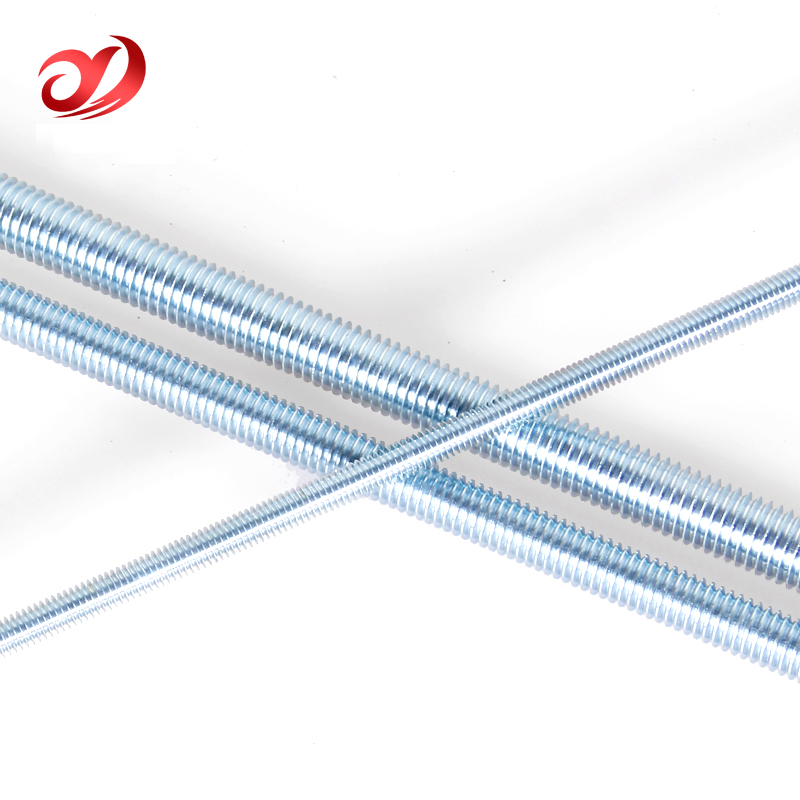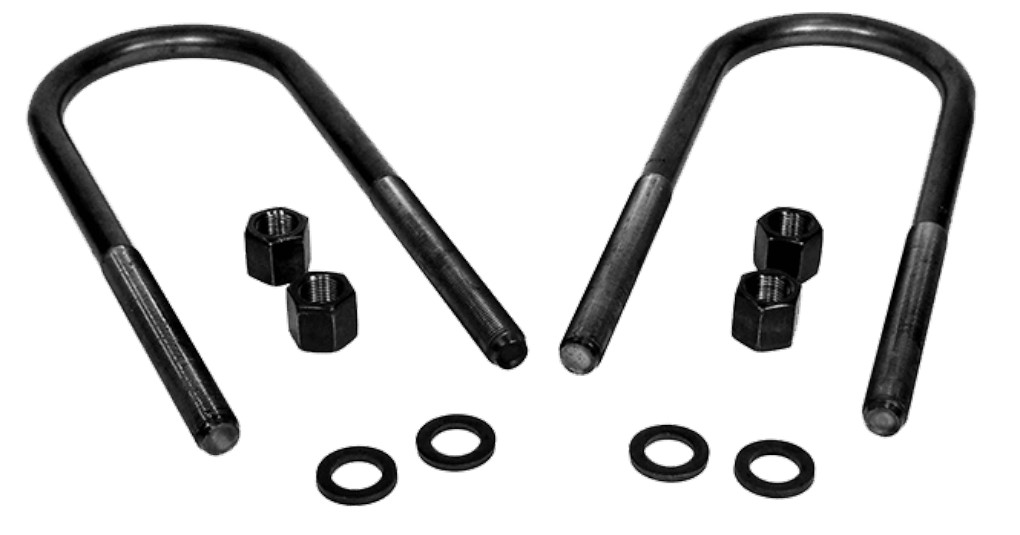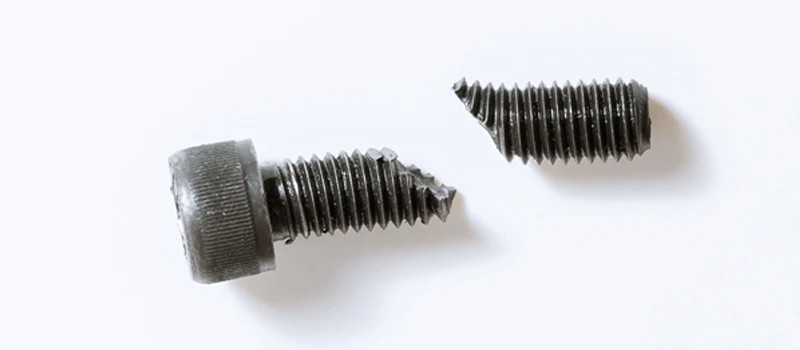What Is DIN 933?
DIN 933 is a widely recognized German standard for fully threaded hex head bolts with metric threads. Issued by the German Institute for Standardization (DIN), this specification defines the bolt’s dimensions, thread profiles, materials, and mechanical properties. Unlike partially threaded bolts, DIN 933 bolts feature threads that extend from the head to the tip, offering excellent clamping performance and uniform load distribution across the full shank.
DIN 933 vs. DIN 931: What’s the Difference?
Thread Length Distinction
The most important difference lies in how much of the bolt is threaded:
DIN 933 bolts are fully threaded along the entire shank, making them ideal for short grip lengths or situations where the fastener needs to be adjusted or removed frequently.
DIN 931 bolts have partial threading, with a portion of the shank left smooth. This design is better suited for structural applications where shear strength and alignment are more critical.
When to Use Each
Choose DIN 933 for flexibility in assembly, especially in repair, maintenance, or modular systems.
Use DIN 931 for fixed, load-bearing connections in construction, heavy machinery, or long-span joints.
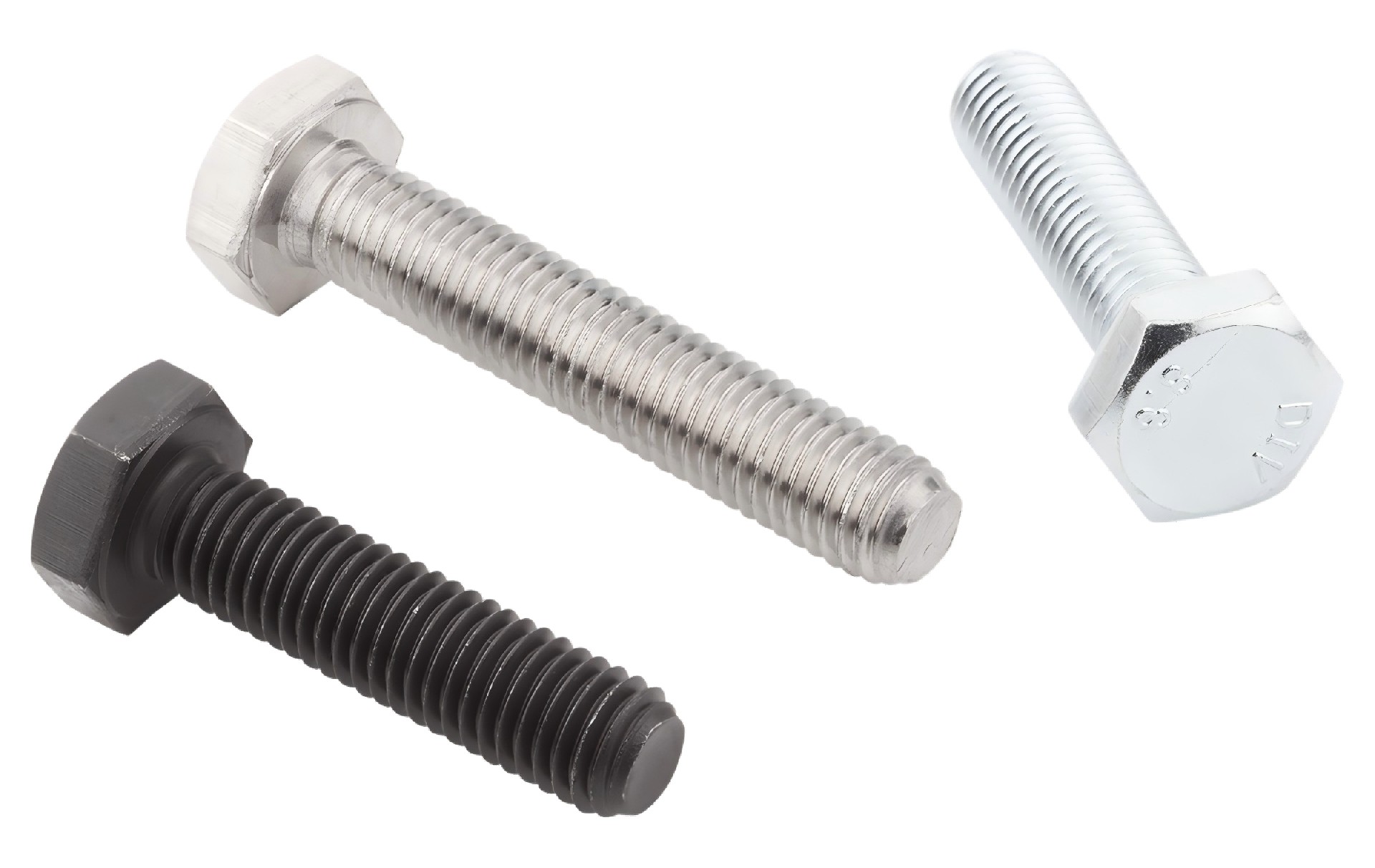
Available Grades and Materials
DIN 933 bolts are manufactured in several material and strength classes to meet varying performance requirements:
Carbon Steel Grades
Grade 4.6 – Low-strength, general-purpose use
Grade 8.8 – Medium to high strength, commonly used in machinery and steel structures
Grade 10.9 / 12.9 – High-strength bolts for critical or heavy-load applications
Stainless Steel Grades
A2-70 – Good corrosion resistance, ideal for general outdoor or damp environments
A4-70 / A4-80 – Superior corrosion resistance, recommended for marine, coastal, and chemical exposure
Tip: When selecting a grade, always consider the environment, expected load, and required durability.
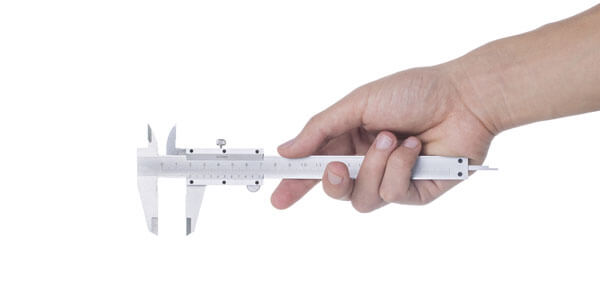
Is DIN 933 Fully Threaded?
Yes. One of the defining features of DIN 933 bolts is their fully threaded shank, which allows for:
Maximum thread engagement across the entire length of the bolt
Improved flexibility during installation and adjustment
More secure and evenly distributed clamping pressure
This makes DIN 933 an excellent choice for precision machinery, maintenance tasks, or any application requiring dependable fastening in limited space.
Where Is DIN 933 Commonly Used?
DIN 933 bolts are trusted across a wide range of industries, including:
Mechanical engineering – for fastening machine parts, housings, and bearings
Steel construction – to secure joints in bridges, towers, and large structural frames
Automotive manufacturing – used in engine components, suspensions, and underbody systems
Renewable energy – particularly in wind turbines and solar panel frames, where durability matters
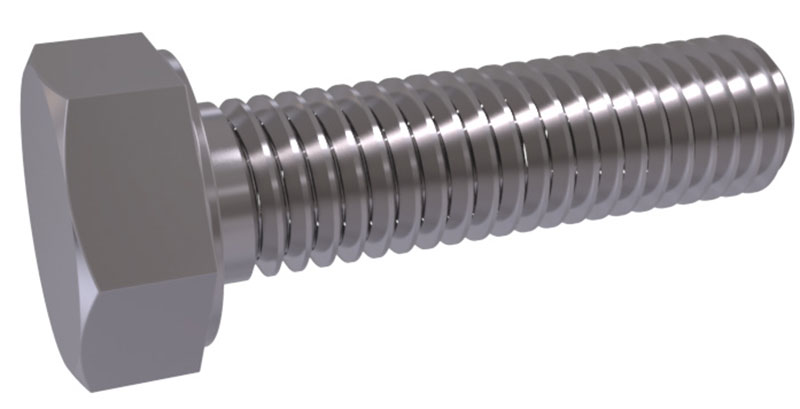
Best Practices for Installation
Proper Torque and Preload
Controlling torque is essential for achieving the correct preload. Applying too little torque may lead to loosening under vibration, while overtightening can cause bolt failure or thread stripping. Always refer to recommended torque values based on bolt grade and size.
Lubrication and Corrosion Protection
Use anti-seize lubricants where necessary to reduce friction and ensure accurate torque application. For outdoor or aggressive environments, bolts should be zinc-plated, hot-dip galvanized, or coated with a corrosion-resistant finish like Dacromet.
Tightening Sequence
When installing multiple bolts (such as on flanges or plates), use a cross-pattern tightening sequence to avoid uneven stress buildup. After initial tightening, recheck torque levels once the structure has settled or under initial load.
Conclusion
DIN 933 fully threaded hex bolts combine versatility, strength, and reliability, making them a staple in industrial, automotive, and structural applications. Understanding the differences between DIN 933 and DIN 931, selecting the appropriate grade, and following correct installation procedures will ensure long-lasting performance and structural safety.
By choosing high-quality, compliant fasteners and applying the right tightening practices, you reduce maintenance costs and extend equipment lifespan—an investment in safety and efficiency.






